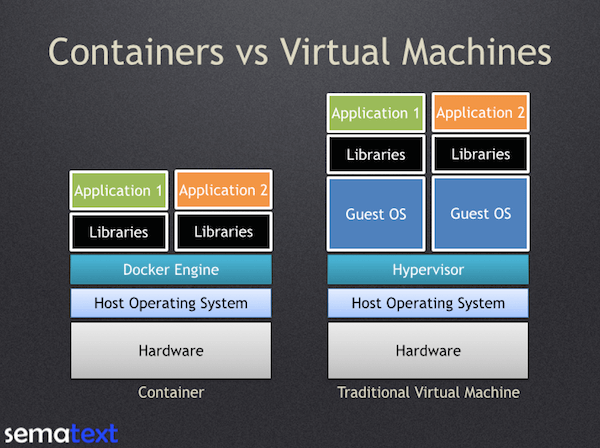Running Elasticsearch clusters on Docker? Thinking about it? If “yes” then we’ve got a presentation for you that digs deep into the details.
(Note: we’ve also got a related blog post about monitoring the official Elasticsearch image on Docker that you might find useful)
Coming to you from the recent DevOps Days event in Warsaw and delivered by Sematext engineer Rafal Kuć, “Running High Performance and Fault Tolerant Elasticsearch Clusters on Docker” is chock full of practical information that will no doubt answer many of the questions you might have about this process.
Presentation Topics
Some of the topics Rafal covers include:
- Containers vs. Virtual Machines
- Running the official Elasticsearch container
- Container constraints
- Good network practices
- Dealing with storage
- Data-only Docker volumes
- Scaling, time-based data
- Multiple tiers and tenants
- Indexing with and without routing
- Querying with and without routing
- Routing vs. no routing
- Monitoring
Here’s a Taste of What You’ll See
How do Containers stack up versus Virtual Machines? There are a lot of elements at play…
Elasticsearch “One-stop Shop”
Sematext is your “one-stop shop” for all things Elasticsearch: Expert Consulting, Production Support, Elasticsearch Training, and Elasticsearch Monitoring with SPM.
Docker Monitoring
Speaking of monitoring…SPM does both Docker monitoring in a sweet little container and Elasticsearch monitoring (and provides alerting and anomaly detection, too), along with many other integrations that DevOps folks find useful.
Enjoy!
